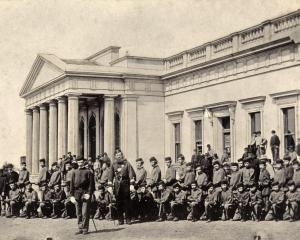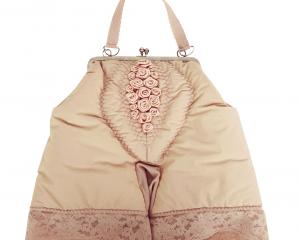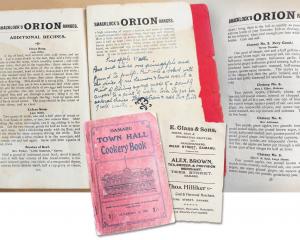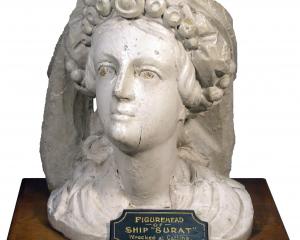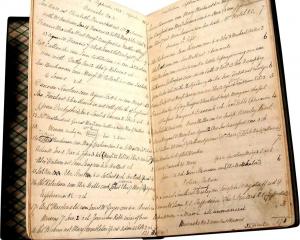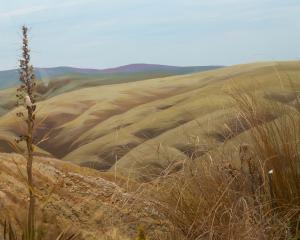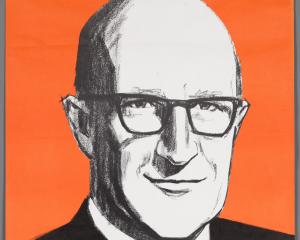The welcome for visitors to an Otago Museum exhibition is a work of art in itself, Jamie Metzger writes.
Entrances matter, entrances to exhibitions even more so.
They set the tone for the entire display, entice visitors into the gallery and provide an indication of what to expect.
For the "Hakui: Women of Kai Tahu'' exhibition, now on at Otago Museum, the entrance needed to welcome visitors in a way that was just as personal as the content inside, which includes 50 profiles of respected Kai Tahu wahine.
Inspiration from the Mana Wahine dance production led the museum's curator Maori, Migoto Eria, and head of design Craig Scott to consider the filming and projection of korowai, accompanied by the sound of karaka, to create an impactful exhibition entrance.
They brought their idea to Otago Polytechnic design studio workSpace, which worked with Joe Gallagher Videography and the museum team to bring the concept to life.
Eria was keen to capture the full beauty of the korowai and enable them to be understood in their original context.
A deliberate decision was made at the start of the project to investigate the possibility of filming some of the cloaks as they would have originally been worn.
Filming the korowai in such a way that allowed movement without putting them at risk of damage was a challenge for our conservation team.
After much discussion, cloaks were selected based on their physical condition as well as differences in size, decoration and identifiable provenance.
A trial shoot was conducted with a robust non-collection cloak to test different techniques and to establish which shots would best showcase each korowai.
A three-tiered method was agreed, with fans used to capture the subtle movements of the tags and feathers, bringing them to life.
A total of 23 cloaks were filmed, including four borrowed from local weaver Robin Hill. She gave the museum permission to handle her cloaks, which meant hand gestures could be incorporated, adding an additional element of respect to the karaka.
Several wall configurations were considered for the entranceway, but the team settled on two curved walls to symbolise the coming together of two ends of a cloak.
The images are projected on to white fabric, echoing the physical properties of the objects themselves and subtly alluding to a feminine softness.
The final result presents taonga in a familiarised way, fashioning a welcoming embrace as you cross the threshold into this truly unique exhibition.
• Jamie Metzger is Otago Museum collection officer.
The exhibition
• "Hakui: Women of Kai Tahu'' is on now at the Otago Museum, closing on Sunday, May 8, 2016.




